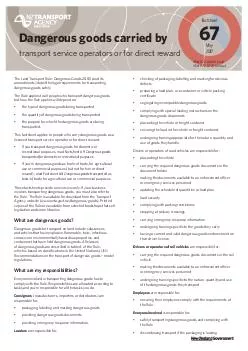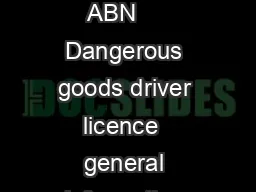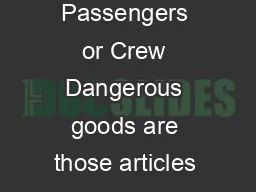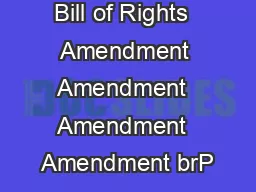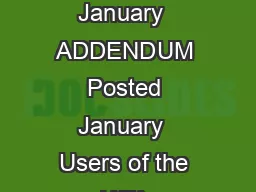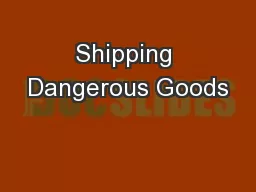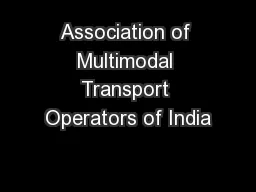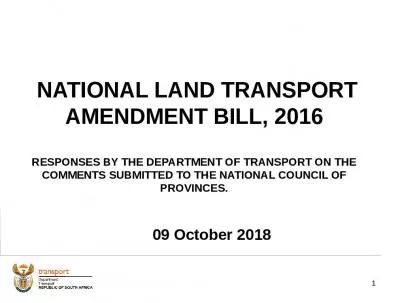PDF-ISSN print ISSN online Dangerous goods carried by transport service operators or for
Author : lois-ondreau | Published Date : 2015-01-21
Together these rules are known as the Dangerous Goods Rule or the Rule The Rule applies to all people who transport dangerous goods but how it affects you will depend
Presentation Embed Code
Download Presentation
Download Presentation The PPT/PDF document "ISSN print ISSN online Dangerous goods..." is the property of its rightful owner. Permission is granted to download and print the materials on this website for personal, non-commercial use only, and to display it on your personal computer provided you do not modify the materials and that you retain all copyright notices contained in the materials. By downloading content from our website, you accept the terms of this agreement.
ISSN print ISSN online Dangerous goods carried by transport service operators or for: Transcript
Download Rules Of Document
"ISSN print ISSN online Dangerous goods carried by transport service operators or for"The content belongs to its owner. You may download and print it for personal use, without modification, and keep all copyright notices. By downloading, you agree to these terms.
Related Documents

